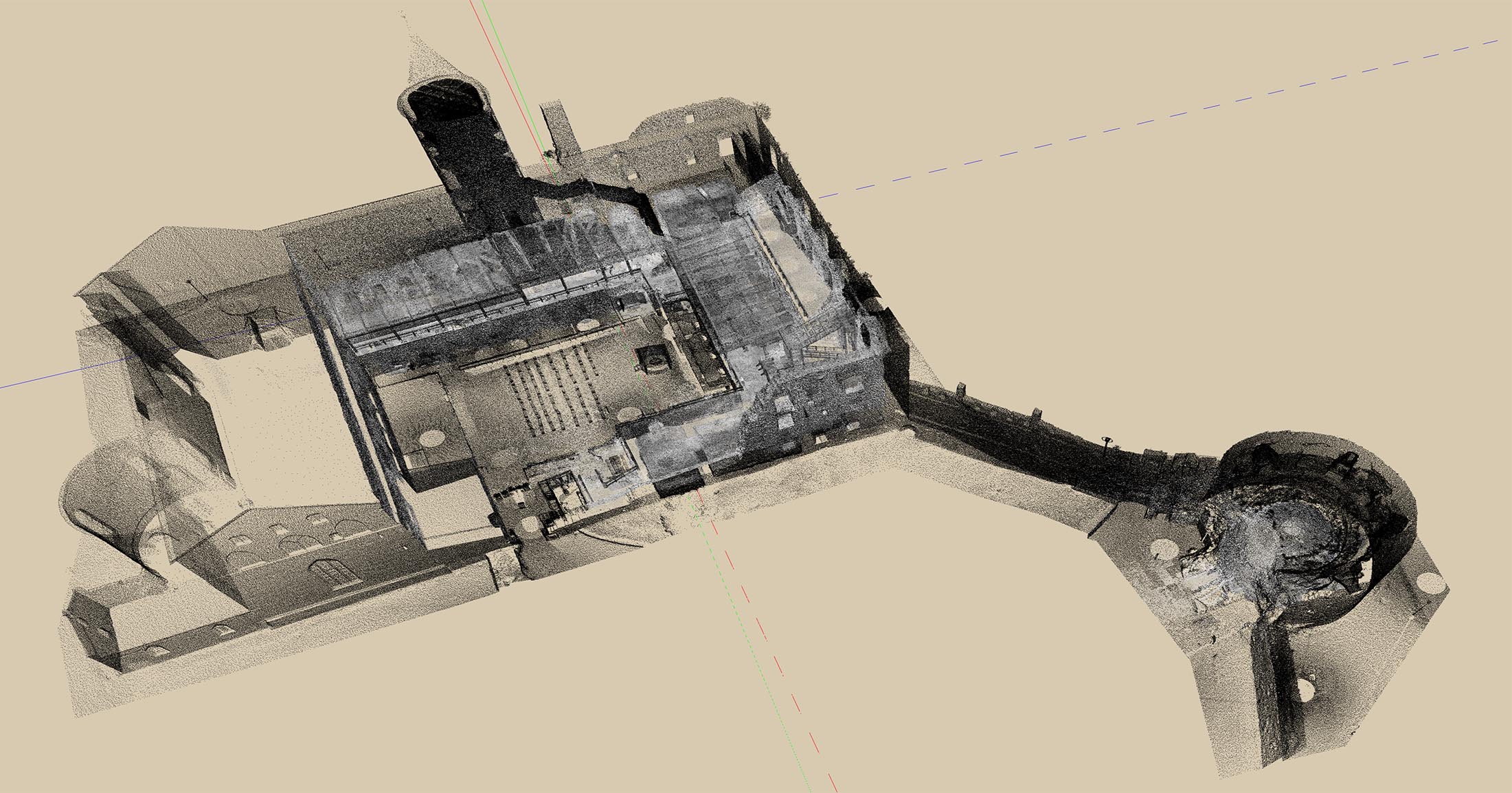Haapsalu Episcopal Castle documentation project
Project Description
Haapsalu Castle is a castle with a cathedral attached and was founded in the 13th century as the seat of the Bishopric of Ösel-Wiek. The castle has undergone many phases of development with it being widened and reconstructed according to the development of the weapons that were housed there. The castle now has an area of over 30,000 square metres with a wall thickness of between 1.2 and 1.8 meters with it’s maximum height being over 15 meters. The western side of the castle contains a 29 metre watchtower that dates from the 13th century and was later converted to a bell tower. During the Livonian War (1558–1582) the castle was severely damaged with the walls of the small castle and outer fortification left partly destroyed. During the Great Northern War in 1710, where Estonia fell under Russian rule, the walls were partially demolished, turning the castle into ruins.
The project led by Archaeovision involved laser scanning the ruins, including the main castle and main gate tower. In order to produce the best possible results, a Leica P20 laser scanner was used enabling fast, accurate, high precision and reliable results. The results were used for the creation of a Building Information Model (BIM) and which was used by architects within the re-building project.
Project Details
Client: Foundation of Haapsalu and Läänemaa Museums
Tags: BIM, Laser Scanning, Surveying
